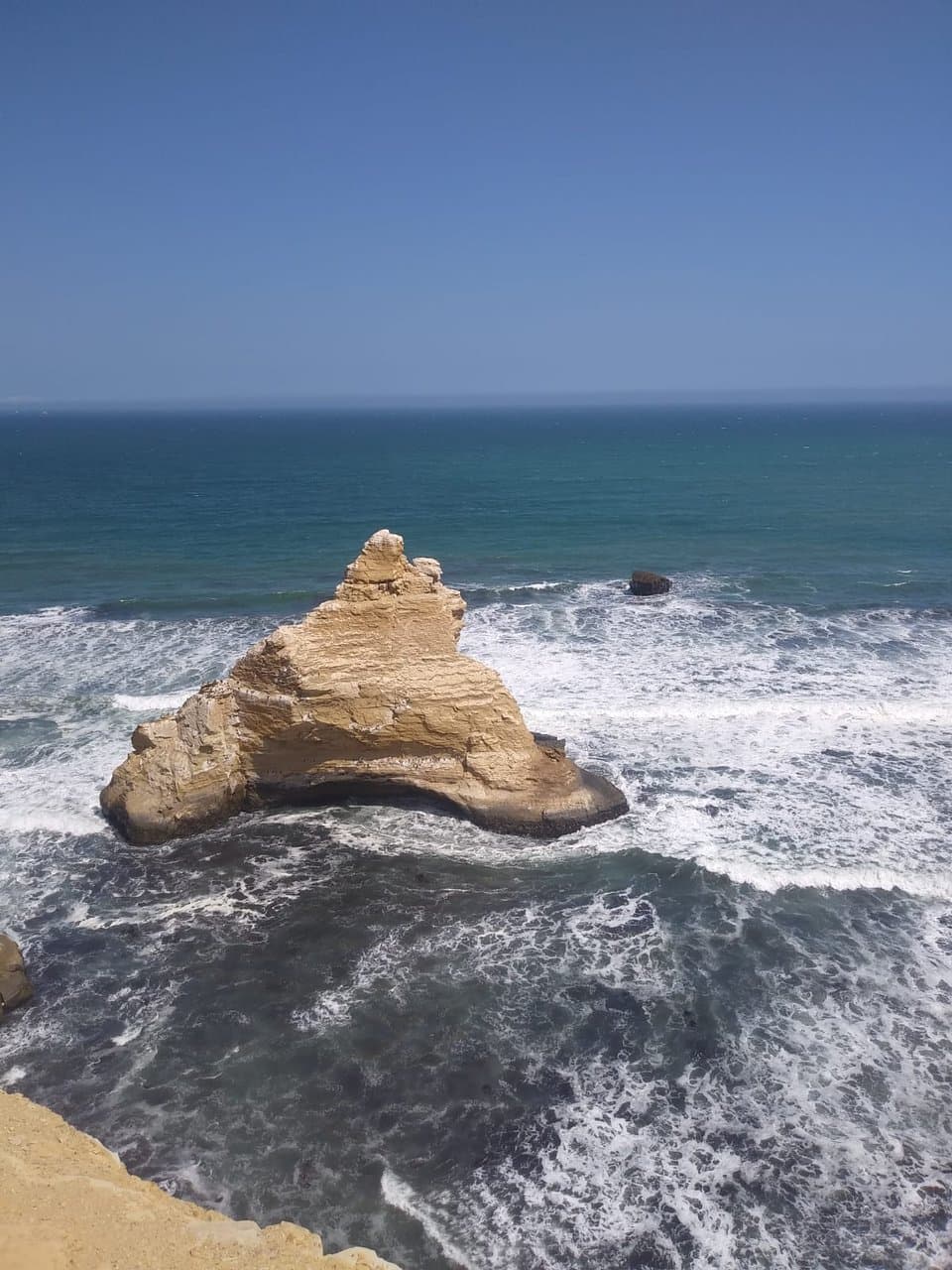
Museo de Sitio Julio C. Tello Paracas
Discover ancient Paracas culture and unique archaeological finds, including surprising skull deformation exhibits, within a stunning desert landscape.
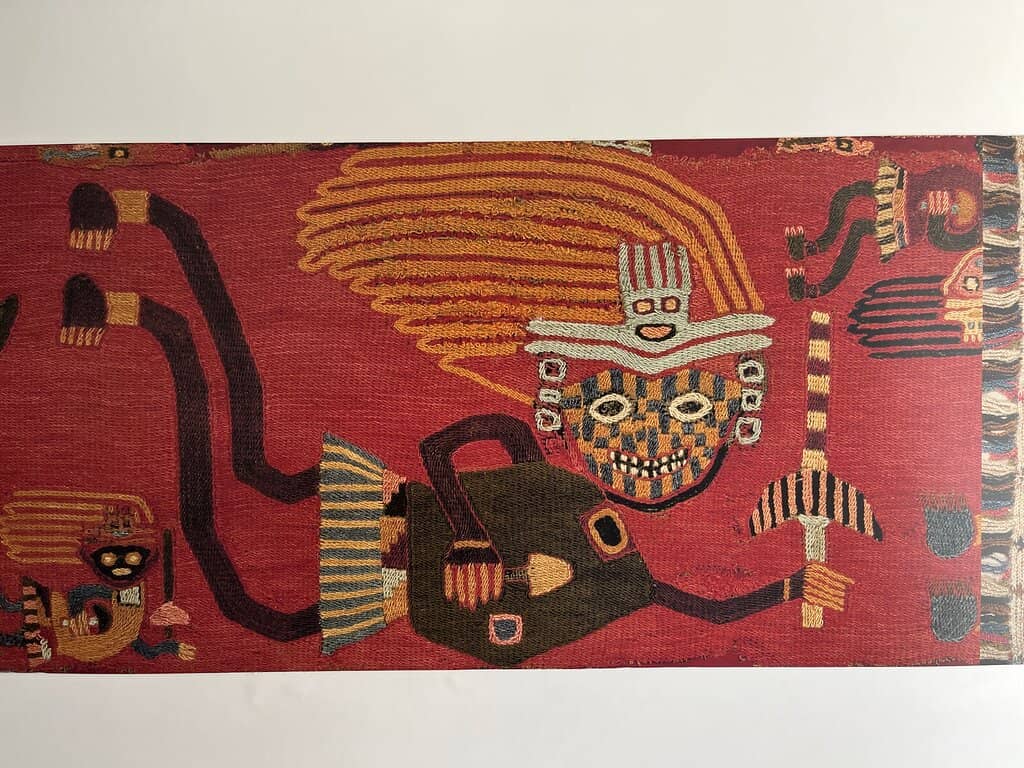
Highlights
Must-see attractions
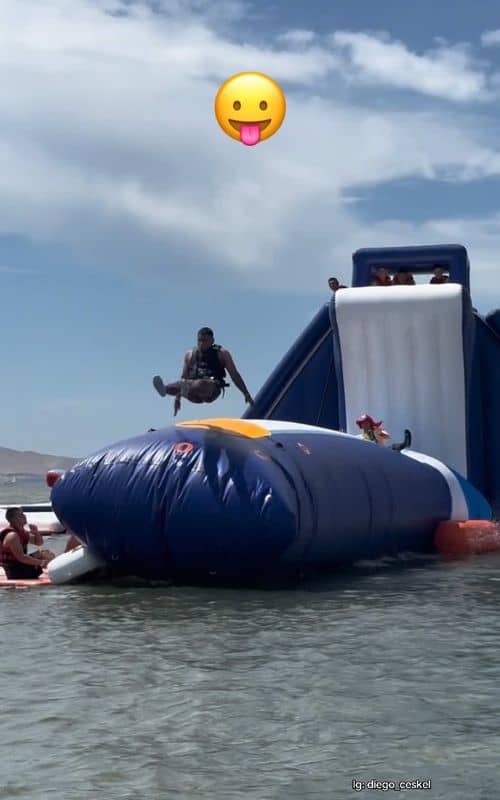
Social
From TikTok & Reddit
Best Time
Fewer tour groups

Museo de Sitio Julio C. Tello Paracas
Best Time
Fewer tour groups

Highlights
Must-see attractions
Discover ancient Paracas culture and unique archaeological finds, including surprising skull deformation exhibits, within a stunning desert landscape.
"A surprising and fascinating stop with real examples of ancient skull deformation and rich cultural artifacts."
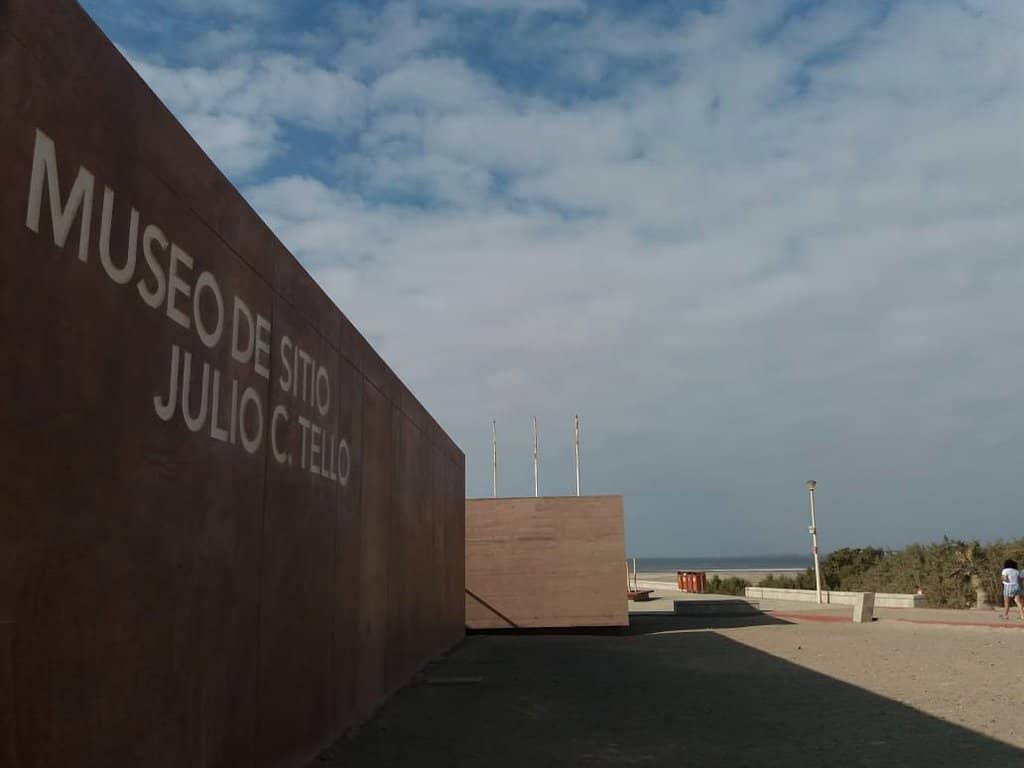
Bring Cash for Fees
Carry cash for reserve entrance and potential separate museum exhibit fees. :moneybag:
Check for Free Entry Days
The museum sometimes offers free admission on special dates like its anniversary. :tada:
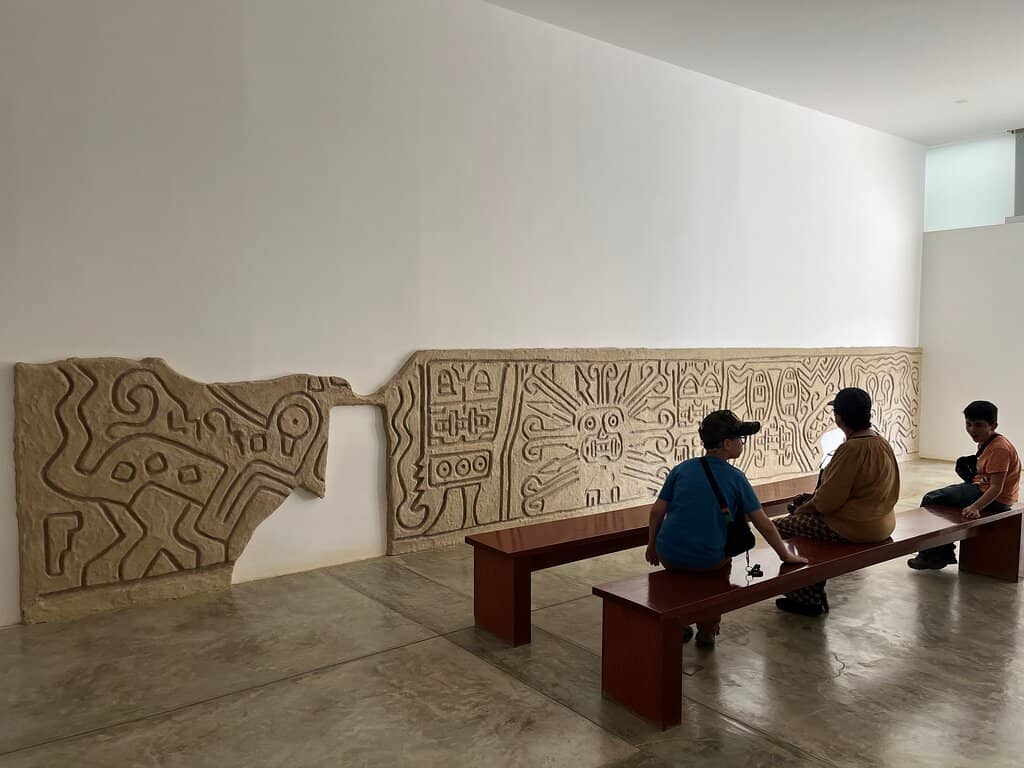
Highlights
Discover the most iconic attractions and experiences
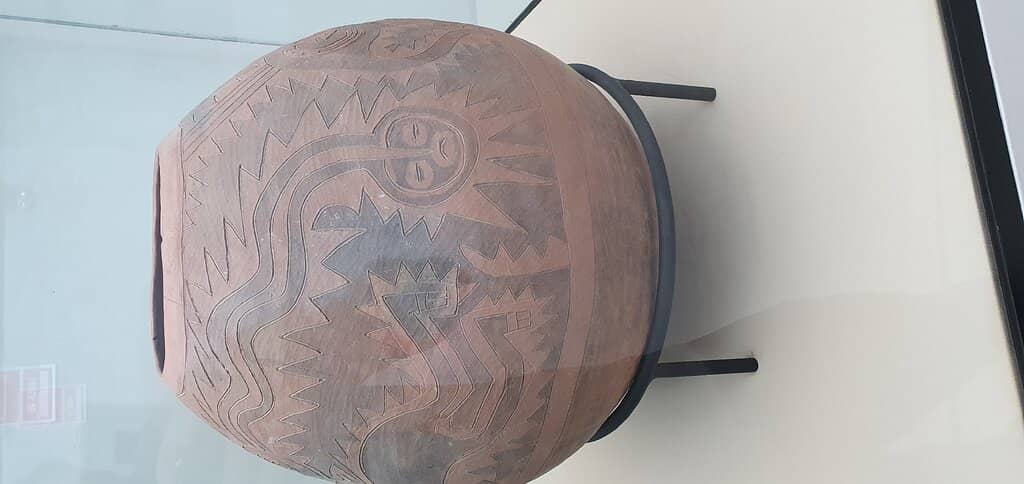
Elongated Skulls
Special exhibit area
See real examples of ancient skull deformation and surgical practices, a truly unique and surprising display.
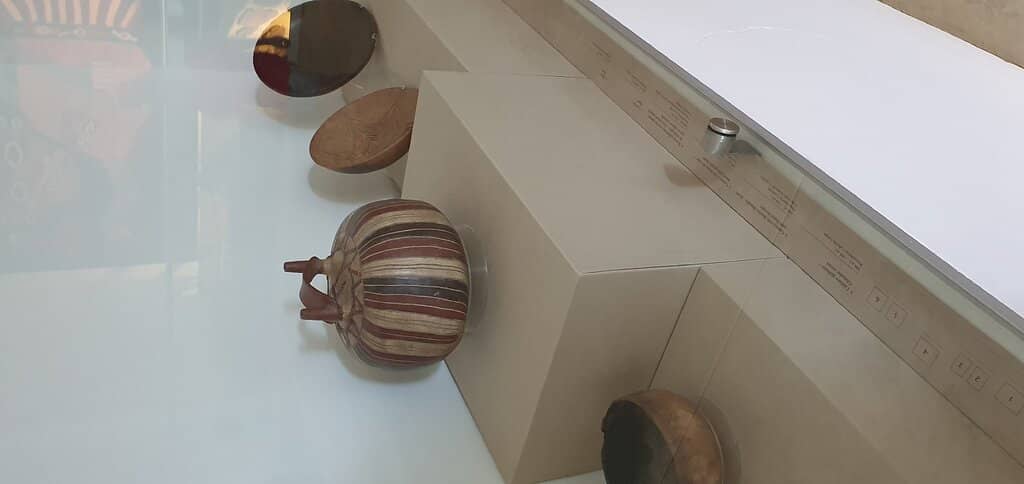
Paracas Culture Artifacts
Main exhibition halls
Discover ancient textiles, ceramics, and tools that showcase the ingenuity of the Paracas civilization.
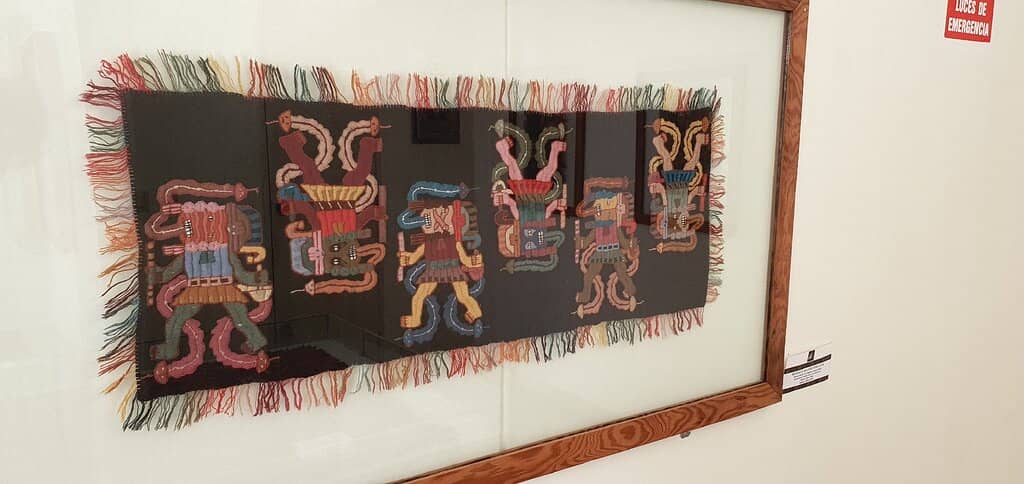
Award-Winning Architecture
Exterior and interior
Admire the museum's modern design, recognized for its integration with the natural landscape of the reserve.
Plans like a pro.
Thinks like you
Planning Your Visit
Timing Your Visit to Avoid Crowds
Understanding Entrance Fees
Best Times
Insider Tips
from TikTok, Instagram & Reddit
Bring Cash for Fees
Carry cash for reserve entrance and potential separate museum exhibit fees. :moneybag:
Check for Free Entry Days
The museum sometimes offers free admission on special dates like its anniversary. :tada:
Explore the Nature Center
Don't miss the adjacent nature center for more insights into Paracas's environment. :nature_tree:
Respectful Viewing
Be mindful of cultural sensitivities when viewing human remains. :pray:
Tips
from all over the internet
Bring Cash for Fees
Carry cash for reserve entrance and potential separate museum exhibit fees. :moneybag:
Check for Free Entry Days
The museum sometimes offers free admission on special dates like its anniversary. :tada:
Explore the Nature Center
Don't miss the adjacent nature center for more insights into Paracas's environment. :nature_tree:
Respectful Viewing
Be mindful of cultural sensitivities when viewing human remains. :pray:
Visit Before 3 PM
Arrive before 3 PM to avoid strong sandy winds and enjoy the viewing point. :windblowingface:
What Travellers Say
Reviews Summary
Visitors find the Museo de Sitio Julio C. Tello a fascinating and surprising stop within the Paracas National Reserve, particularly for its exhibits on ancient Paracas culture and the unique display of elongated skulls. While the museum's architecture and historical artifacts are praised, some visitors express concerns about the ethical display of human remains and the museum's narrative on skull elongation.
"It starts out innocently, with tools and handcrafts. Then you find out about skull deformation practices and skull surgeries, with real examples of both. Quite the surprise for someone who wasn't familiar! Fascinating. Also the nature center next door was well-made and informative."
d fairch
"A stop you must make when visiting 'reserva natural de Paracas'. Wether at the beginning or at the end of your tour, 'sitio Julio C.Tello' is worth your detour."
Ignace Jan T
"Well…another museum that said at the entrance that “they don’t display mummies” yet there in the 3ro Room are many human remains, skulls, and a mummy. It’s so disappointing. Peru has made some strides towards cooperative archaeological action, but still insists on many cases on displays which dishonor local and indigenous taboo and disrespect the ancestors. Therefore, they get 1 star from me.
It’s too bad. The rest of the displays are great and talk about agriculture, textiles and ceramics, all areas that are ok to display.
If you are culturally sensitive and want to respectfully support indigenous perspectives do not support museums that display bones or mummies of their ancestors but buying entrance.
The surrounding park is worth visiting with beautiful beaches and wildlife. (Video)"
Raven Diaz
What People Like
What People Dislike
Frequently Asked Questions
🚇 🗺️ Getting There
The museum is located within the Paracas National Reserve, about 27 km from Pisco on the Pisco - Puerto San Martín highway. You'll likely need to drive or take a taxi/tour from Paracas town. Be aware that there's a 'Natural Preserve' fee to enter the area, which often includes access to a nature museum.
Yes, there is ample free parking available at the museum, making it convenient for visitors arriving by car.
Absolutely! Many tours of the Paracas National Reserve include a stop at the Museo de Sitio Julio C. Tello, often at the beginning or end of the tour. This is a convenient way to combine your visit with exploring the reserve's natural beauty.
Taxis or organized tours are the most common ways to reach the museum from Paracas town. The drive takes you through the scenic national reserve.
Public transport directly to the museum is limited. It's best to arrange private transport like a taxi or join a guided tour that includes the museum as part of its itinerary.
🎫 🎫 Tickets & Entry
The museum is typically open from Tuesday to Sunday, from 9:00 AM to 5:00 PM. It's always a good idea to double-check current hours before your visit.
There's usually a fee for the Paracas National Reserve itself, and sometimes an additional fee for specific exhibits within the museum, such as the one featuring elongated skulls. These fees are generally modest, around 10 soles per person for the special exhibit.
Advance booking is generally not required for the museum itself. However, it's recommended to bring cash for entrance fees, as not all payment points may accept cards.
Yes, the museum has celebrated its anniversary on August 16th with free admission for the public in the past. Keep an eye out for such special events.
The reserve entrance fee often includes access to a nature center, but a separate fee may be required to enter specific exhibition areas within the museum, such as the one displaying human remains.
🎫 🏛️ Onsite Experience
The museum showcases artifacts from the Paracas culture, including textiles, ceramics, and tools. A notable exhibit features real examples of ancient skull deformation and surgical practices.
While some sources mention that the museum does not display mummies, others report seeing human remains, skulls, and even a mummy in certain rooms. The exhibit on skull deformation is particularly striking.
The museum offers a fascinating glimpse into ancient history and culture. However, some exhibits, particularly those involving human remains, might be sensitive for younger children. Parental discretion is advised.
The museum boasts award-winning modern architecture that is designed to blend seamlessly with the natural environment of the Paracas National Reserve.
The museum occasionally hosts special exhibitions, such as art installations that explore ancestral themes. It's worth checking their schedule for any current events.
📸 📸 Photography
Photography policies can vary. It's best to check for signage at the entrance or ask museum staff. Some exhibits, especially those with sensitive artifacts, may prohibit flash photography or any photography.
The museum's modern architecture offers interesting angles for photography. The surrounding landscape of the Paracas National Reserve also provides beautiful backdrops, especially if you visit the viewing point.
Drone photography is generally not permitted inside national reserves or cultural sites without special permits. Always check local regulations before flying a drone.
Visitors often share photos of the museum's architecture, the ancient artifacts, and sometimes the unique exhibits like the elongated skulls, though these are often taken with discretion.
Photography rules for the nature center are usually more relaxed than in the main museum exhibits. However, it's always good practice to confirm.
For Different Travelers
Tailored advice for your travel style
👨👩👧 Families with Kids
🏛️ History Buffs & Archaeology Enthusiasts
🚶♀️ Solo Travelers & Independent Explorers
Deep Dives
In-depth insights and expert knowledge
The Legacy of Julio C. Tello and the Paracas Culture
The museum itself has a history marked by resilience. Originally founded in 1964 by President Belaunde Terry and archaeologist Frederic Engel, it was significantly damaged by a strong earthquake in 2006. The subsequent reconstruction led to a modern facility, recognized for its award-winning architecture that harmonizes with the surrounding desert landscape. This rebuilt museum, reopened in 2016, continues Tello's legacy by safeguarding and interpreting the rich heritage of the Paracas people for future generations.
Understanding the Elongated Skulls Exhibit
It's important to approach this exhibit with cultural sensitivity. While the display provides historical and anthropological information, some travelers express concerns about the ethical display of human remains. The museum's location within the Paracas National Reserve adds to the mystique, with some speculating about the origins of these practices and their connection to the region's natural phenomena, like ancient tsunamis. The exhibit is a powerful reminder of the diverse and sometimes enigmatic aspects of human history.
The Museum's Role in the Paracas National Reserve
Visiting the museum can be a perfect starting or ending point for a day exploring the reserve. It offers a chance to learn about the agricultural techniques, textiles, and daily life of the ancient inhabitants before or after witnessing the diverse marine life at the Ballestas Islands or the dramatic desert landscapes. The museum's architecture itself is designed to complement the natural beauty, making it an integral part of the reserve's appeal.
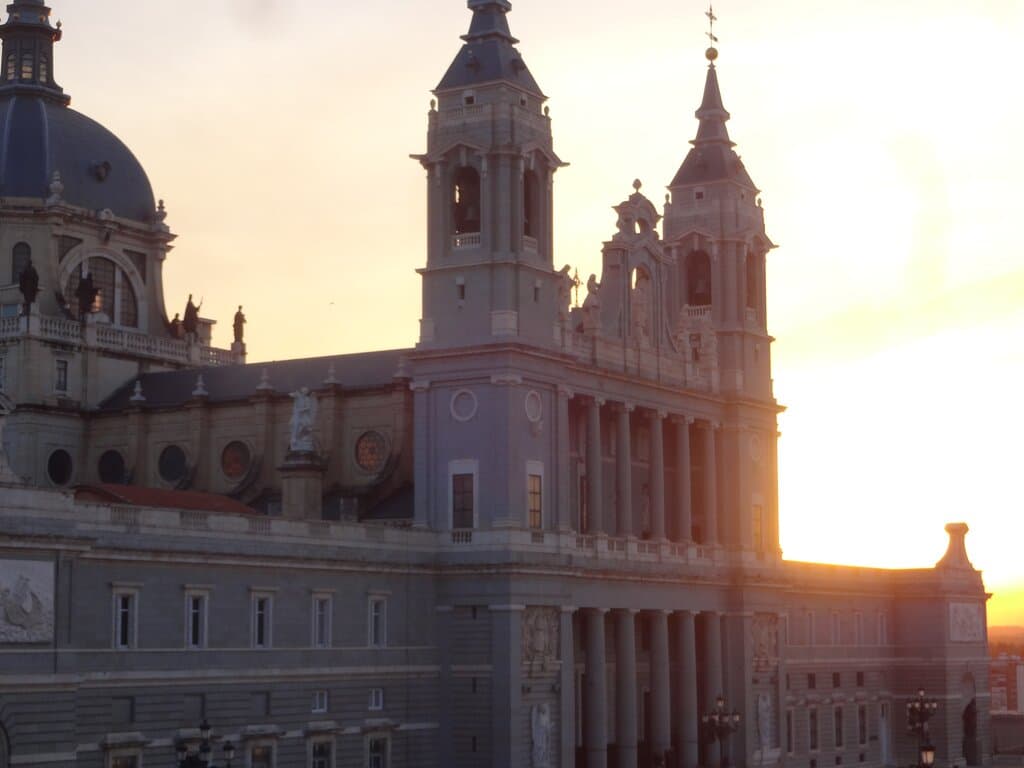
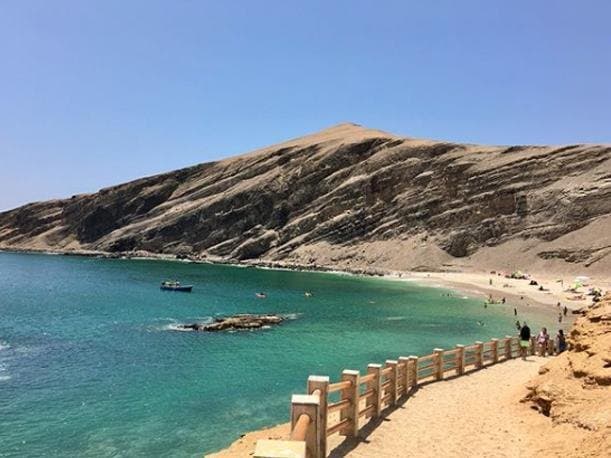

Social
from TikTok, Instagram & Reddit